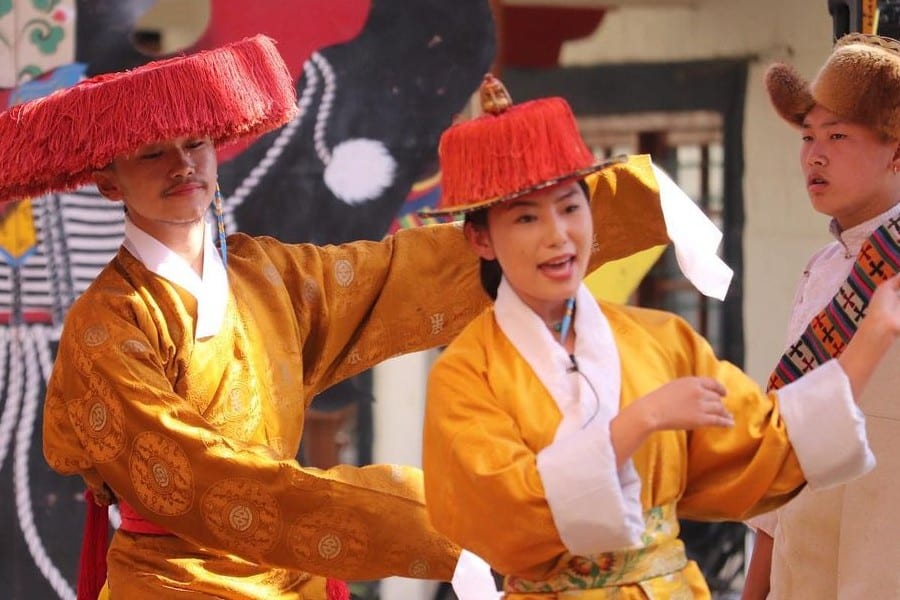Dance has been used for thousands of years to communicate. For example, Native Americans danced to communicate with their gods. The dances were very important in their dance cultures. They often danced to communicate stories or to commemorate important events in their lives or the lives of their leaders.
The Origins of Dance
Dancing has been around since the beginning of time. It is a form of communication that is used to express joy, happiness, love, and other emotions. It is a way to connect with others and share a common experience. There is no definitive answer to how dancing came to be, but there are several theories.
One theory suggests that dancing began as a way to communicate with the spirit world. Ancient cultures believed that the movement of the body could be used to send messages to the gods or to the spirits of the dead. This theory is supported by the fact that many ancient dances were performed as part of religious ceremonies.
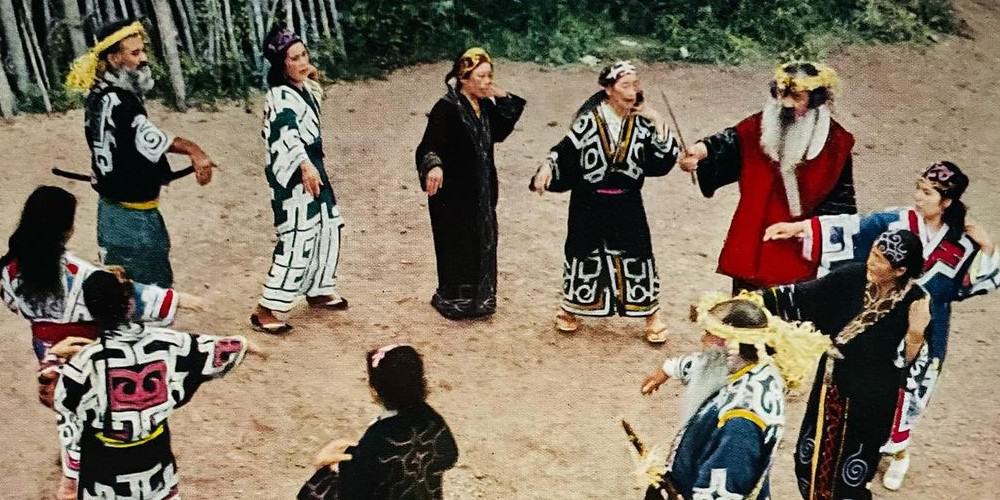
Another theory suggests that dancing began as a form of self-expression. This is evident in the fact that many dances are based on everyday activities such as hunting or gathering food. It is also likely that early dances were used to communicate emotions such as happiness or sadness.
Whatever the origins of dancing may be, it is clear that it has played an important role in human history. Dancing has been used as a form of communication, self-expression, and even as a form of political protest. It is an art form that is enjoyed by people of all ages and cultures.
Dancing has evolved over the years, and it is now a popular form of exercise, recreation, and self-expression. It is a great way to stay fit and healthy, and it can be enjoyed by people of all ages.
Cultural Traditions of Dance in Africa
Dance is an important part of African culture. It is a way to express oneself, tell a story, or simply enjoy oneself. There are many different types of dance cultures, each with its own purpose and meaning.
There are many different types of African dances, each with its own purpose and meaning. Some of the most popular dances include the Gumboot Dance, which is used to communicate with others, and the Zulu Dance, which is used to celebrate special occasions.
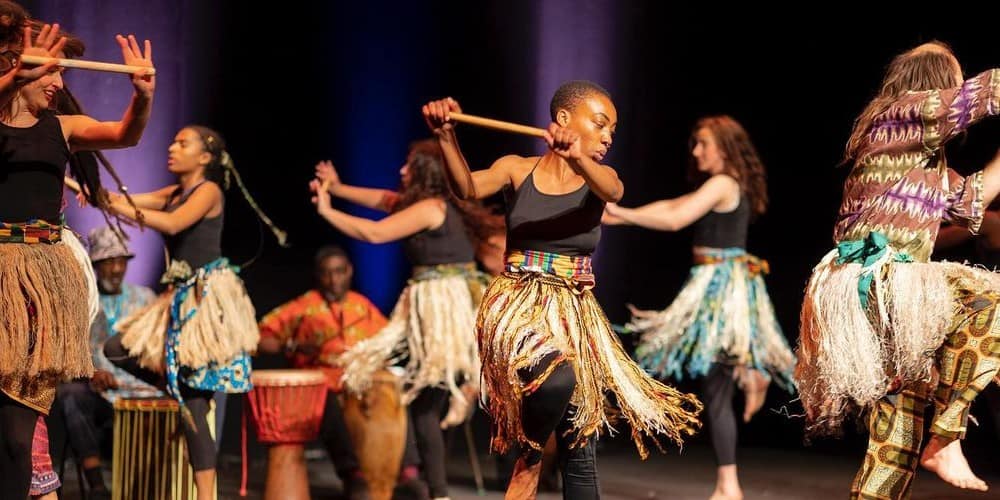
African dances are often performed in large groups, with everyone participating. This helps to create a strong sense of community and togetherness.
African dances are often very physical and require a lot of energy. This is because they are often used as a way to release pent-up emotions or simply have fun. If you ever have the chance to see an African dance performance, you are sure to be impressed by the athleticism and energy of the dancers.
Cultural Traditions of Dance in Asia
Dance is an important part of many Asian cultures. It is used for religious ceremonies, social gatherings, and even as a form of exercise.
There are a variety of different dances that are popular in Asia. Some of the most well-known include the Chinese Dragon Dance, the Japanese Bon Odori, and the Indian Bharatanatyam.
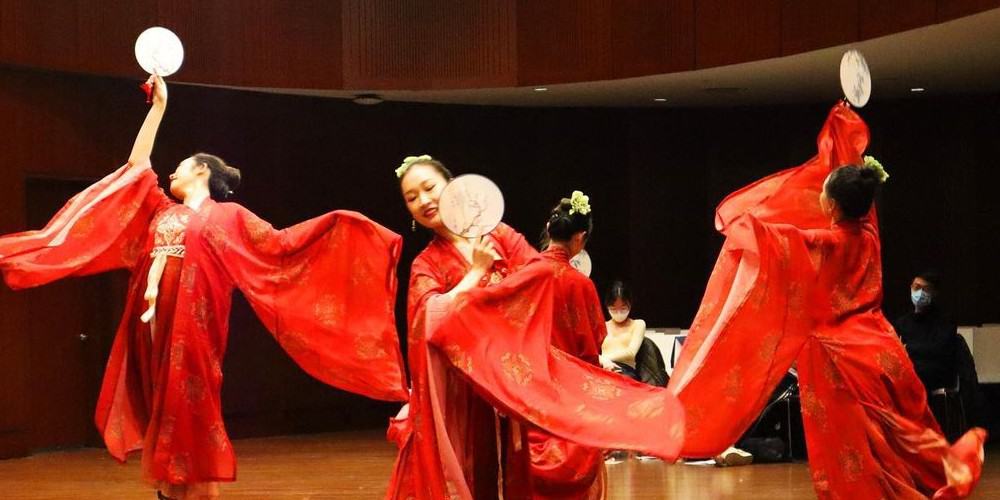
Each of these dances has its own unique history and meaning. The Dragon Dance, for example, is often used to celebrate the Chinese New Year. The Bon Odori is a traditional Japanese dance that is performed during the Obon festival, which honors the spirits of one’s ancestors.
Dance is a great way to experience dance in world cultures. Whether you are watching a performance or learning the steps yourself, you are sure to enjoy the beauty and tradition of these dances.
Cultural Traditions of Dance in Europe
Europe has a long and varied history when it comes to dancing. From the traditional international dances of the peasants to the more modern ballroom dances, there is a lot to explore.
Peasant dances were often used as a way to celebrate special occasions, such as weddings or harvests. They were also a way for people to come together and socialize. The most common peasant dances were the polka, waltz, and mazurka.
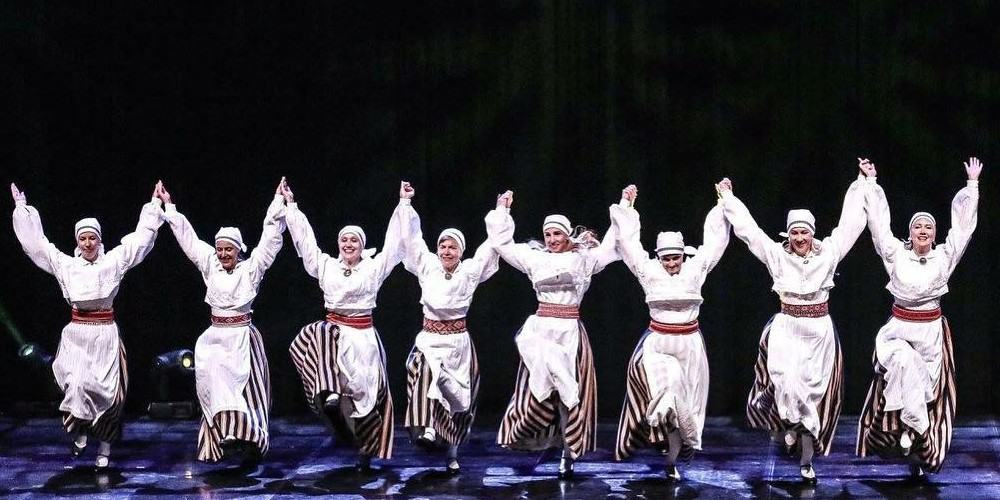
Ballroom dances became popular in the Victorian era. These dances were often used as a form of socializing among the upper class. The most popular ballroom dances were the foxtrot, waltz, and tango.
Today, there are many different types of dances that are popular in Europe. These include everything from traditional folk dances to modern hip hop and club dances. No matter what your taste, you’re sure to find a dance that you enjoy.
Cultural Traditions in Latin America
Dance is an important part of the culture in Latin America. Traditional dances from the region include the samba from Brazil, the tango from Argentina, and the salsa from Cuba.
Dancing is a great way to connect with the culture of Latin America. It is a way to express yourself and connect with others. Dancing is also a great way to get exercise and to have fun.
There are many different dance cultures of dances in Latin America. Some of the more popular ones include the samba, the tango, and the salsa. Each dance has its own unique steps and rhythms.
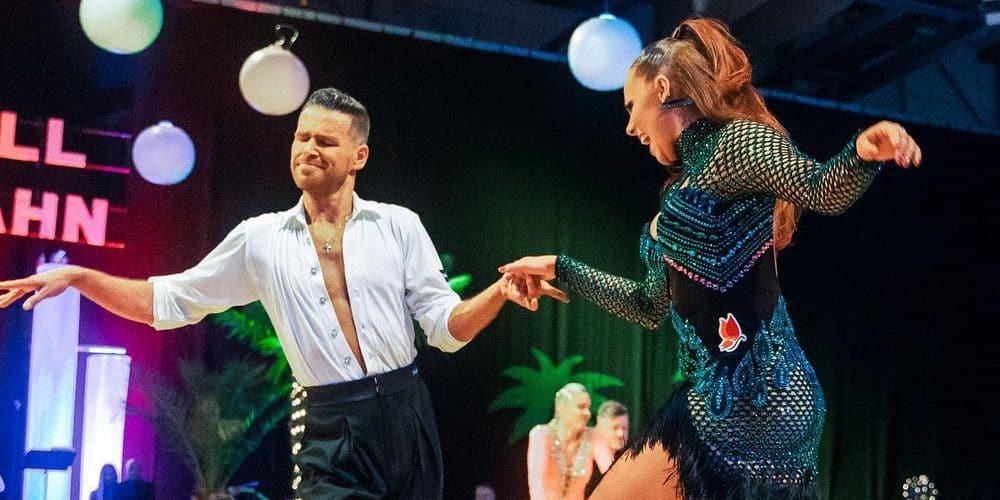
The samba is a Brazilian dance that is known for its fast pace and lively music. The tango is an Argentine dance that is known for its sensual movements. Salsa is a Cuban dance that is known for its fast tempo and exciting rhythms.
Dancing is a great way to experience the culture of Latin America. It is a fun way to stay active and meet new people.
How Was Dance Used in Primitive Cultures: Primitive Dance
There is no one answer to this question as dance has been used in many different ways by primitive dance cultures of the world. Some examples of how dance has been used in primitive cultures include:
- As a form of communication, often conveying stories or important messages.
- As a way to connect with the spiritual world.
- As a form of healing.
- As a form of social interaction.
- As a way to express emotions.
- As a form of entertainment.
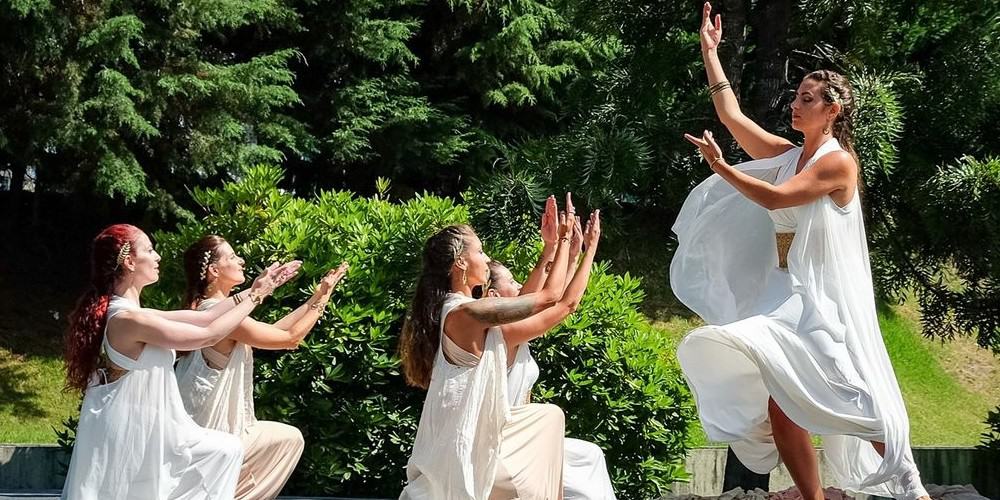
Evolution of Dance
The evolution of dance can be traced back to the earliest human civilizations. Dance was an important part of religious and social ceremonies and was used as a way to express emotions and communicate messages.
Over time, the dance evolved and became more complex, with different styles and forms emerging in dance in different cultures. Today, dance is enjoyed as a form of art and entertainment, and there are many different styles to choose from.
Dance Today
The modern dance developed in the 20th century, and it’s a style of dance that has come more from the African American and the European American traditions rather than from the classical ballet tradition.
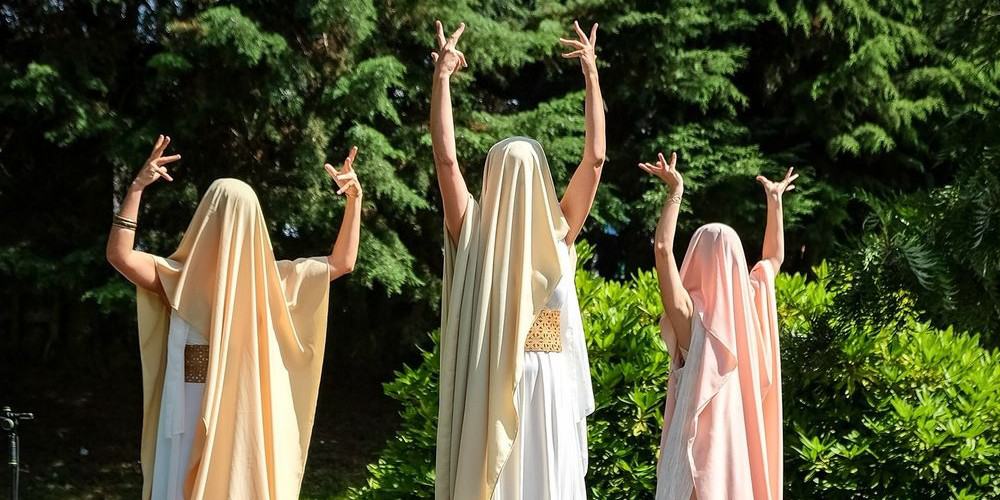
And so you might think about modern dance as a more expressive style of dance. I think it’s a style of dance where the emphasis is really on a sense of line and a sense of controlled movement versus the technical elements that are really emphasized in classical ballet.
FAQ
How was dance used in primitive cultures?
It was used to tell stories, to communicate between tribes, for rituals and ceremonies, and for many other reasons. It helped teach skills to young people – how to hunt, how to fight, how to go to war. Dance was used to celebrate important events, like the harvest, the birth of a baby, or the death of a leader.
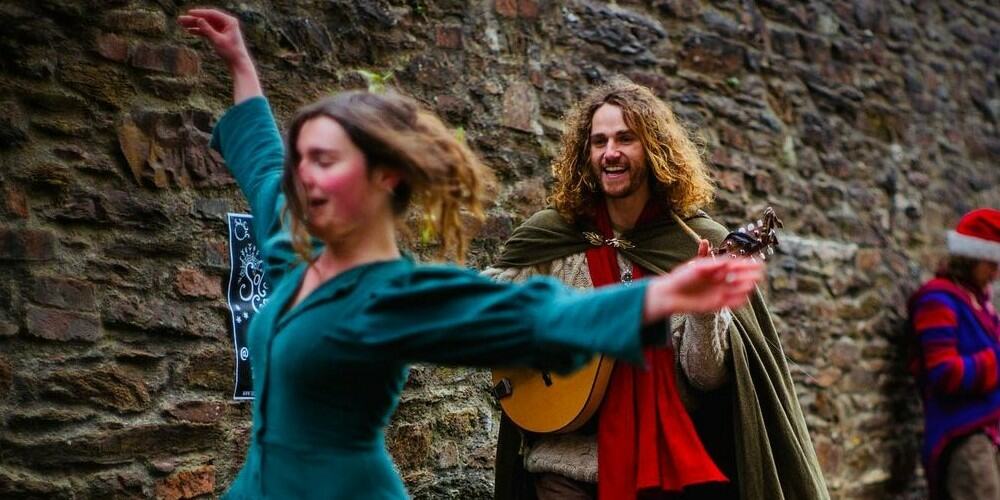
Why did primitive cultures dance?
Primitive cultures danced for many reasons. One reason was for religious purposes. Anthropologist Margaret Mead said that “primitive dance is not just a form of amusement. It is a religion.” Other reasons for dancing include ritual, recreation, a challenge, celebrating, or for a cause.
Also read:
- Best Shoes for Line Dancing
- What to Wear to Contemporary Dance Class?
- Difference Between Modern and Contemporary Dance
Conclusion
Overall, all the time people lived in small groups, and dance from different cultures was a part of the everyday culture of primitive people. It was used for celebrations, rituals, and funerals. Whenever there was a reason to celebrate, people danced! Dancing was a part of daily life for ancient people.

